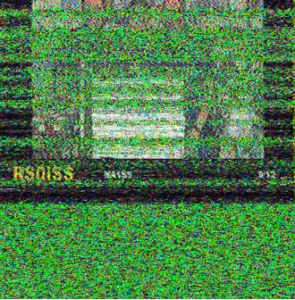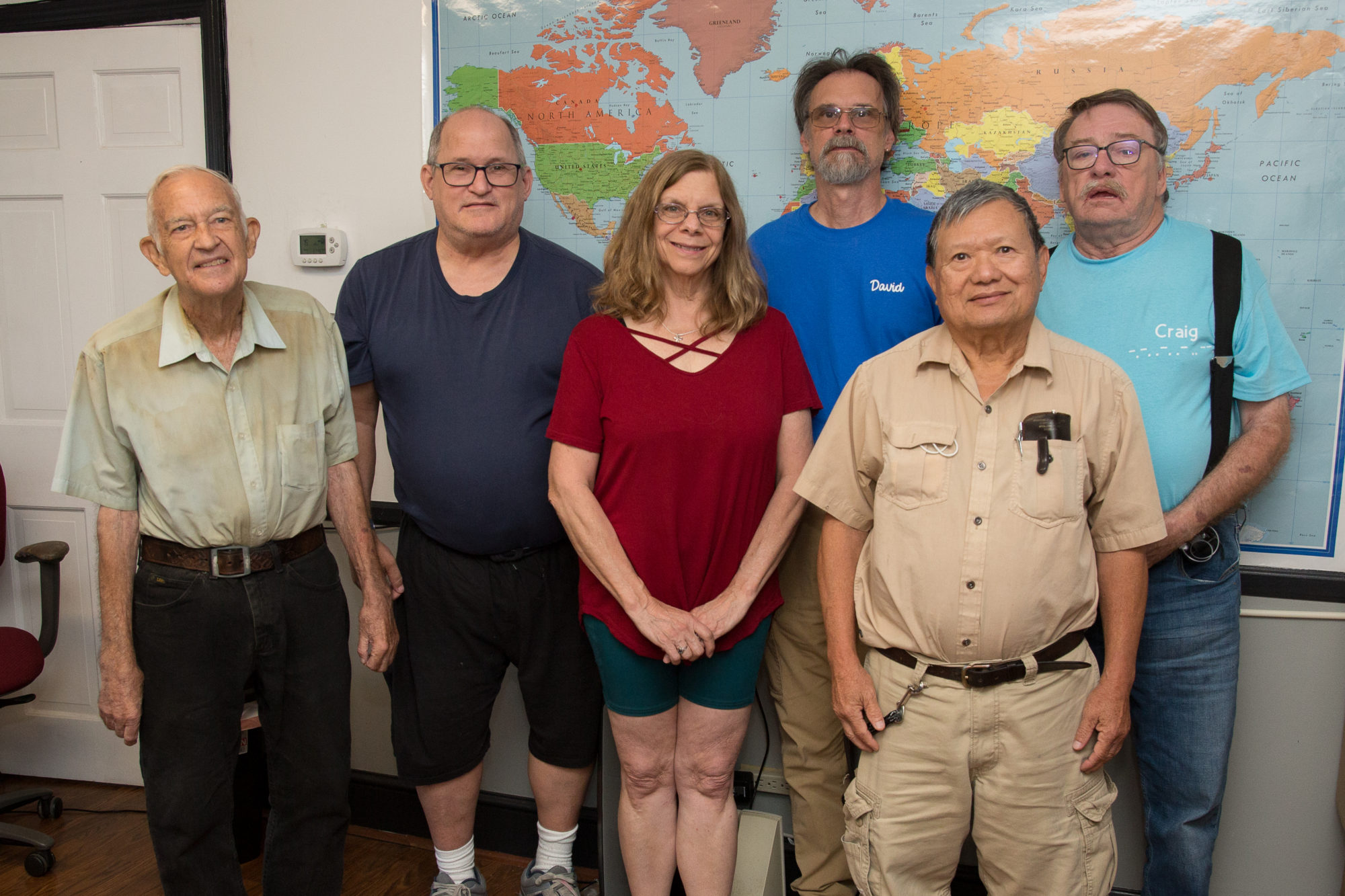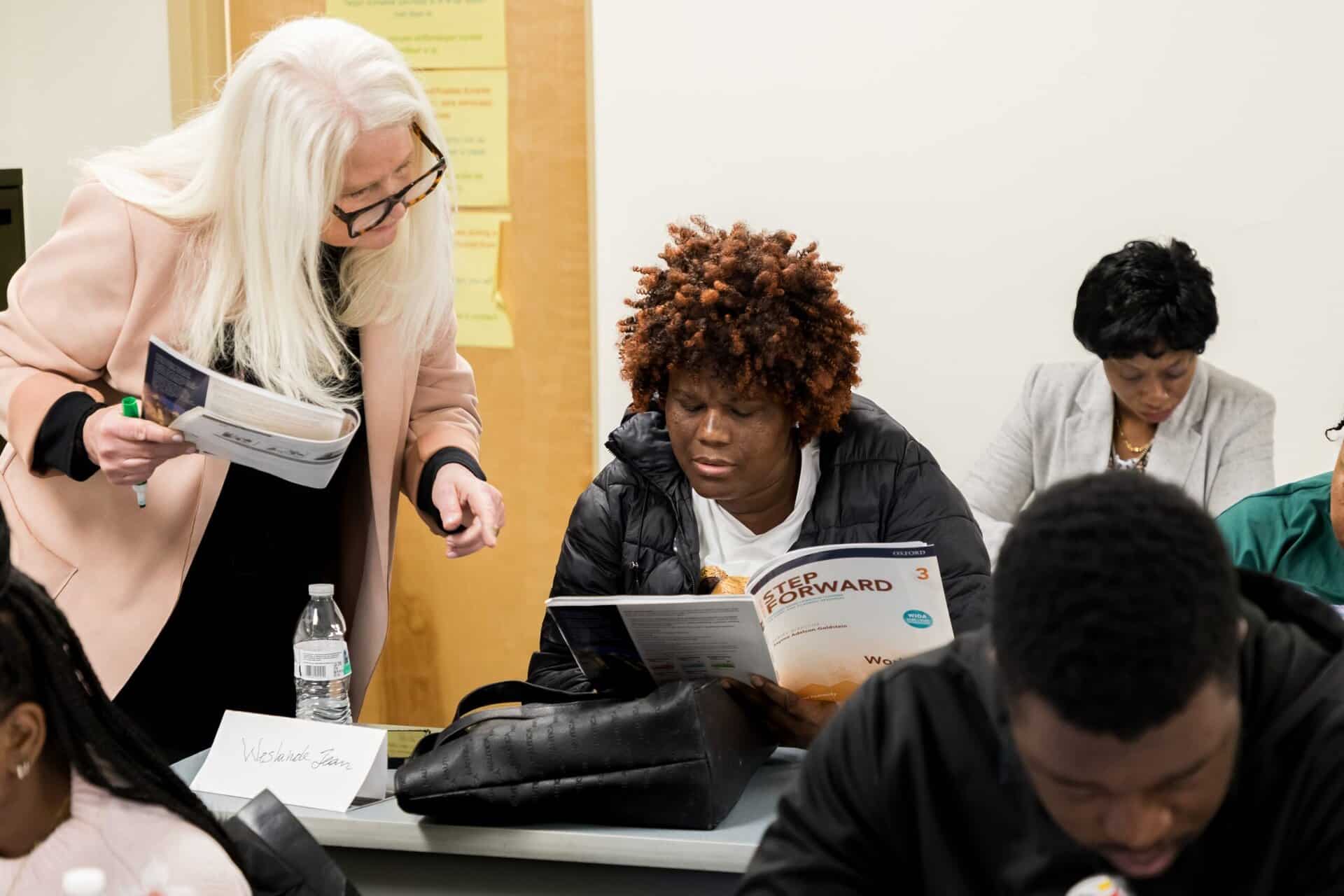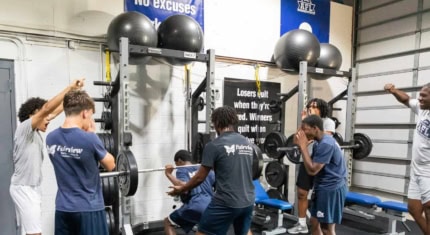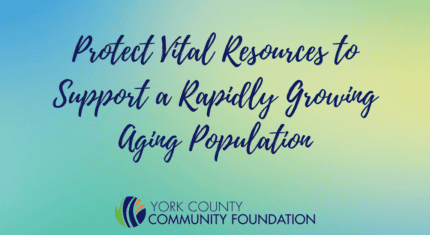Scientists say that staying connected and having a strong social network is crucial to living a healthier, longer, and more fulfilling life. Having a hobby and a group of friends to enjoy that hobby with is even more important as we age.
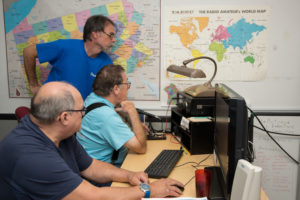
At September House, a community center for people age 60 and older, some members enjoy connecting to people around the world through a HAM radio – a radio frequency spectrum used by amateurs for the non-commercial exchange of messages, wireless experimentation, self-training, private recreation, contesting, and emergency communications. HAM radios are roughly 375 times more powerful than a CB (Citizens Band) radio. There is some debate about the origins of the acronym, some say the term goes back to the early days of wired telegraphy when unskilled operators were snidely called hams by their more experienced colleagues. Others say HAM stands for Home Amateur Mechanic – also the name of a popular magazine about wireless radios.
Susan Jones has worked as the Director of September House for over 35 years and says she was incredibly grateful to receive a grant from YCCF’s Hahn Home Fund for Embracing Aging to support the HAM radio program. “The members are only four years into the program, but take their hobby very seriously. Fifteen members are already licensed HAM operators and seven more have joined to learn more about it,” she explained. Three women are also involved with the radio program and the interest continues to grow.
David Gent has been involved with September House for more than fifteen years, but only recently became old enough to become a member. He is certified to administer tests for anyone interested in obtaining a HAM radio license. He has been involved with the center’s station for the past four years.
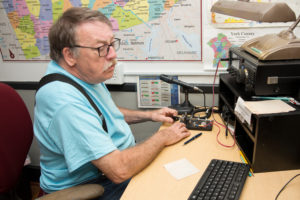
When Craig Dowling heard about the radio room five months ago, he joined the center. But he is no amateur! Craig received his first official license at the age of 14. While we were at the center, Craig was communicating via Morse Code with a HAM radio operator from Puerto Rico who was currently in Orlando, Florida. He was tapping out letters on the center’s 1964 semi-automatic key with great speed and able to translate the messages immediately! The FCC has since done away with the requirement for all HAM radio operators to be proficient in Morse Code, but most of the people at September House had received training on it.
Richard Kline has been a member of September House for nine years and joined the HAM radio club four years ago. He received his first HAM radio license in 1975.
Doan Tran has been a member for five years and is certified to administer tests to others interested in earning a license. He only joined the radio club 3.5 years ago.
September House hosts open-house events for the public and offers classes and training at no cost. The team hopes to offer more courses next Spring and provide training for people interested in Morse Code, as well as classes on how to use the radio equipment. 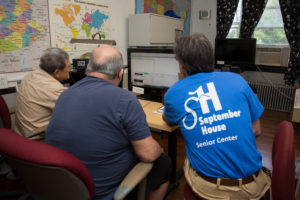
The group keeps track of all the countries and cities they make contact with by marking giant maps of the world and are required to keep a log of all contact per FCC regulations. To-date, they have received confirmations from HAM radio operators in 61 countries and made contact with 73 countries around the world, including Australia, South Africa, Brazil, Italy, and England. Alaska and Rhode Island are the only two states left to make contact with before they can earn a “Worked All States” certificate.
Craig and David explained that making contacts isn’t all they do. “When 911 operating centers lose power, as is often the case during major natural disasters like hurricanes, HAM radio operators are able to contact emergency services and dispatch ambulances” shared David. Similarly, when marathons and other charity races take place, HAM radio emergency operators are stationed along the route of the race to monitor accidents and injuries and can immediately contact EMS units to aid an injured runner.
HAM radios are also able to transmit images, audio, and video through satellites and antennas. One of the highlights for the members at September House is when they receive satellite images from NASA’s Space Station. Proving that even amateurs can make contact with outer space!
